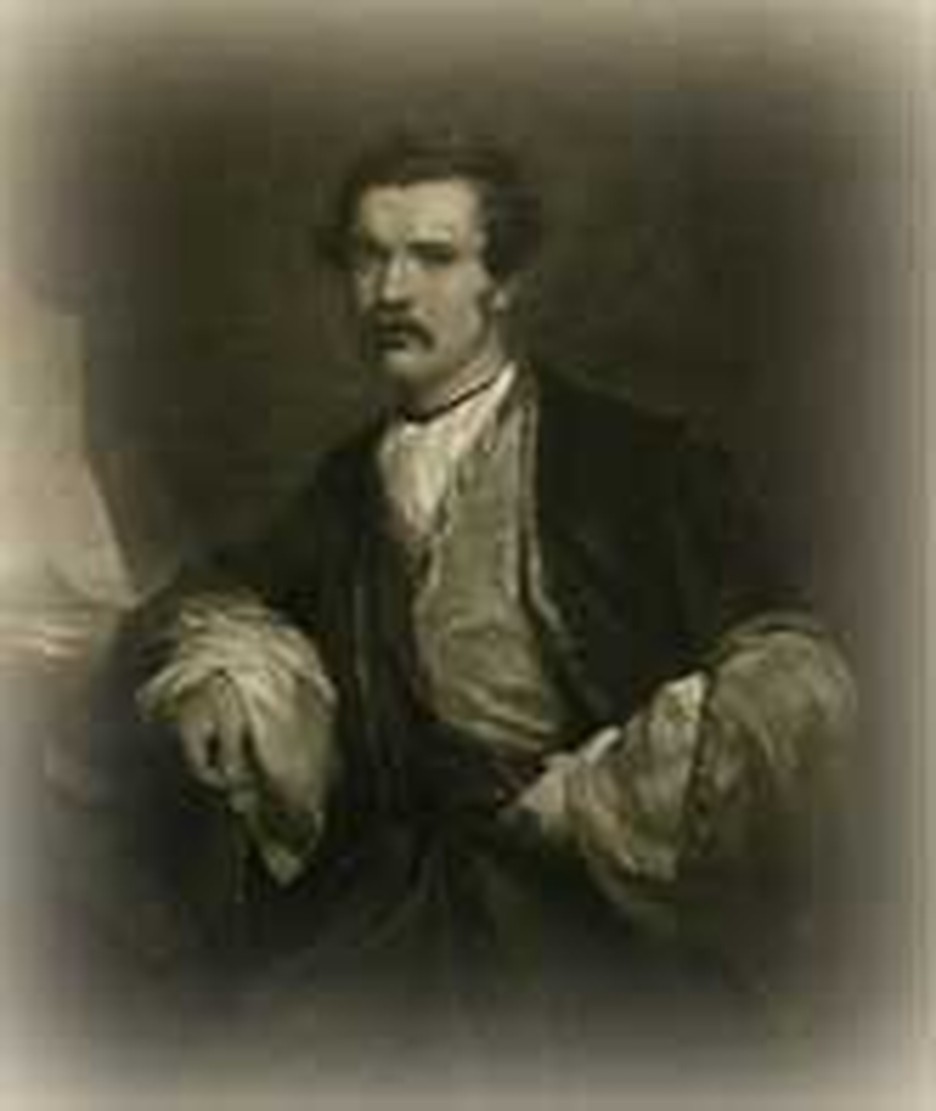
In the mid nineteenth century, archaeologists unearthed ancient civilizations of the middle east which had long lain buried. These explorers from Christian lands, familiar with Bible accounts, yearned to uncover more facts about the past. Among them was a young Englishman named Austen Henry Layard.
Austen was a restless man. But although he had been bored by school, he was far from ignorant. Thrilled with the stories of the Thousand and One Nights (Arabian Nights), he longed to travel in Arab lands. In preparation, he taught himself bits of language and all sorts of things that he thought might help him make his dream come true. Finally, at twenty two, with almost no money in his pocket, he shook off the grind of his law office and headed east. After touring Palestine and Syria, he ventured across the Euphrates. His imagination was fired by the tells (mounds enclosing ancient cities) that stood there. His enthusiasm prompted a British ambassador to fund him. The year 1845 found him in Mosul, a city in what is now Northern Iraq. The area was under Turkish control, ruled by a particularly vicious Pasha (local governor).
On this day, November 8, 1845, Austen Henry Layard glided south down the Tigris river. To deflect suspicion, he pretended that he was off to hunt wild boar. Instead, he landed near Tell Nimrud, hired workers, and began digging. After digging one long trench without finding anything, he was out of money and faced retreat. But within a period of 24 hours, he stumbled across two major finds.
To the amazement of the Arabs, his excavation turned up the palace of Asurnasirpal, complete with man-headed lions and a host of similar archaeological treasures. He wrongly thought they were remains of Nineveh, but the site was eventually identified as Calah. One of his early finds was later deciphered as referring to tribute bought to Assyria by a king of Israel.
To Christians, the significance of Layard's findings was in the light they shone on the Bible and the confirmation they granted it. He unearthed the palaces of several despots mentioned in the Bible, including Sennacharib, dug at Nineveh, and found an account of the brutal seige of Lachish, a city in Israel. And of course, he found the inscription which spoke of Jehu of the House of Omri--secular corroboration of the existence of that Biblical monarch.
Layard also discovered ruins from ancient Sumeria, a civilization even older than Babylon.
After seven years of digging, Layard returned in triumph to England where he entered Parliament and rose to prominent positions in government.
Bibliography:
- "Austen Henry Layard." http://www.bible - history.com/assyria_archaeology/ archaeology_of_ancient_assyria_austen _henry_layard.html
- Ceram, C. W. Gods, Graves and Scholars. New York: Knopf, 1956.
- Hoffstatter, Kimberly. "Sir Austen Henry Layard 1817-1894." http://www.mnsu.edu/emuseum/information/biography/ klmno/layard_austen_henry.html
- Keller, Werner. The Bible as History. New York: William Morrow, 1956.
- Layard, Sir Austen Henry. Dictionary of National Biography, edited by Leslie Stephen and Sidney Lee. London: Oxford University Press, 1921-1996.
- Various encyclopedia and internet articles.
Last updated July, 2007.








